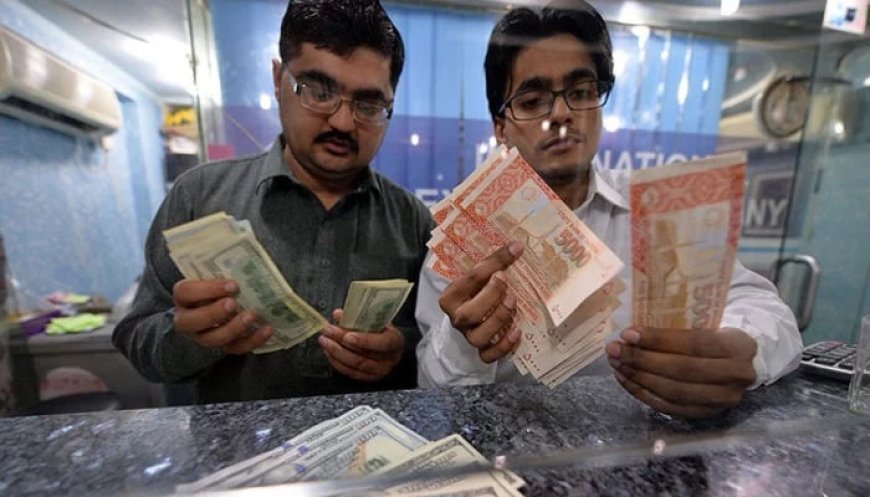Remittances surge 24% year-on-year to $3.05bn in October

1. On a monthly basis, remittances jump 6.7% from $2.86 billion in September 2024
In October 2024, Pakistan received $3.1 billion in remittances from overseas workers, marking a notable 23.9% year-on-year increase compared to $2.46 billion in October 2023, as reported by the State Bank of Pakistan (SBP) on Friday. Month-on-month, remittances also grew by 6.7% from $2.86 billion in September 2024.
For the first four months of FY25 (July–October), cumulative inflows reached $11.8 billion, up 34.7% from $8.8 billion in the same period of FY24. Analysts attribute this surge to a stable exchange rate, a narrower gap between open and inter-bank rates, growth in digital payment channels, and an increase in the number of Pakistanis working abroad.
Saudi Arabia topped the list of contributors in October, with remittances reaching $766.7 million, a 12% rise from September and a 24% increase from $616.8 million in October 2023. Inflows from the UAE climbed 10% month-on-month to $620.9 million and were up 31% year-on-year. The UK contributed $429.5 million, up 1% from September and 30% from the previous year. The European Union, however, saw a slight 2% decline to $359.1 million, while remittances from the US increased by 8% month-on-month, totaling $299.3 million.
To further enhance remittance flows, SBP recently revised its incentive structure for banks and exchange companies, incorporating fixed and variable components to encourage higher inflows.
Remittances, which lagged during 2023 due to domestic uncertainty and exchange rate disparities, began rebounding strongly from March 2024, averaging $3 billion monthly and peaking at $3.2 billion in May. These remittances have become vital to Pakistan’s economy amid weak export performance, as they support foreign exchange reserves and help offset the trade deficit, according to Insight Securities.
The increased remittance inflows provide livelihoods for many households, boosting domestic consumption and fueling various sectors of the economy.
Last summer, Pakistan faced an economic crisis with record-high inflation and was on the brink of default before securing a $3 billion IMF bailout. The nine-month IMF standby arrangement, completed in April, brought macroeconomic stability, easing inflation and leading Moody’s to upgrade Pakistan’s credit rating from ‘Caa3’ to ‘Caa2’. The initiation of a larger and longer IMF loan program is expected to ensure ongoing stability, supported by strong remittances and improved exports.
With the $1.03 billion first tranche of the $7 billion IMF loan, Pakistan’s central bank forex reserves rose to $10.7 billion as of September 27, enough to cover over two months of imports.


















































